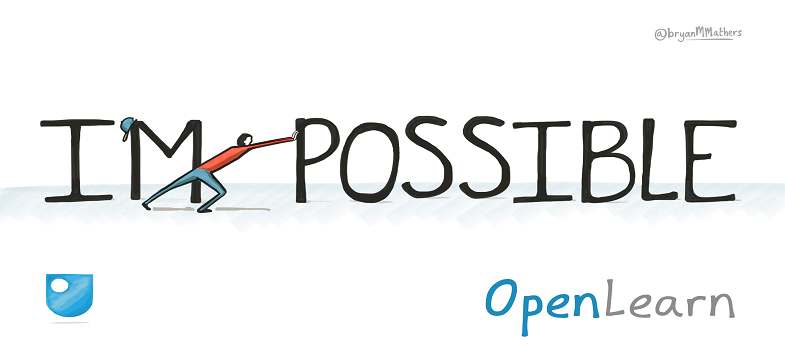4.5 Using YouTube and open syndication principles
Creating an open online course in a specific environment for an expected audience is a challenging and rewarding activity, especially if you are close to and enthused by the subject matter. While we have expressed the importance of knowing your audience through you writing, your platform of delivery may not necessarily reach that group outside of any targeted promotional activity. If you are keen for different groups and demographics to find your content it is worth considering how you syndicate your course. By syndication, we mean that your course, and/or the assets within in, can be published onto other channels with different demographics and reach.
For example, one of the key requests from learners declaring a disability who use the OpenLearn platform is to have content available in multiple formats. For this reason, each course on OpenLearn is provided in epub, Word and PDF for use on multiple devices. These formats, once created, are also syndicated to Amazon (for Kindle users), Google Play and iTunesU, still carrying the Creative Commons licence and still for free. Similarly with video and audio assets created by The Open University, these are syndicated to YouTube and iTunesU as the groups who use these platforms are different from those using OpenLearn. In considering a syndication approach to the content you are making, you can reach other groups and ensure that your course is as accessible as it can be.
4.4 A bit about OpenLearn ...
